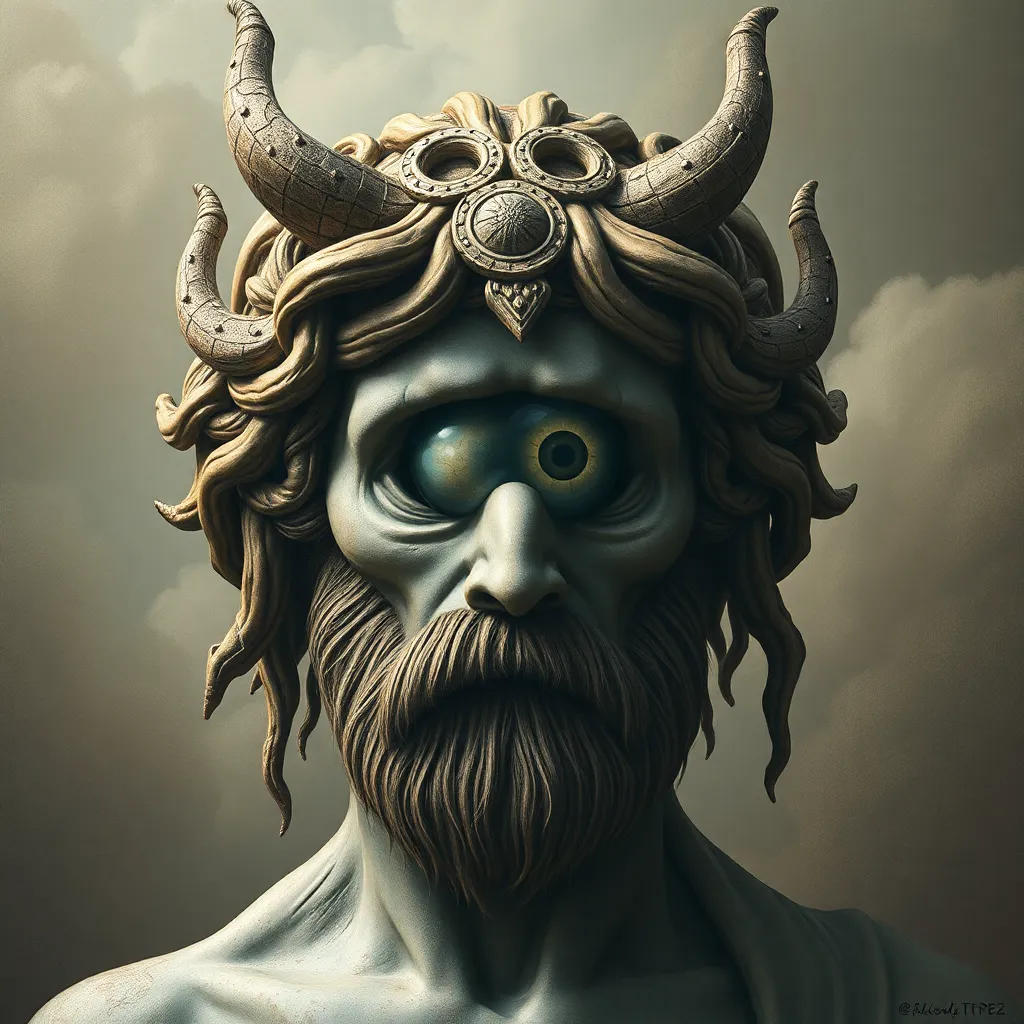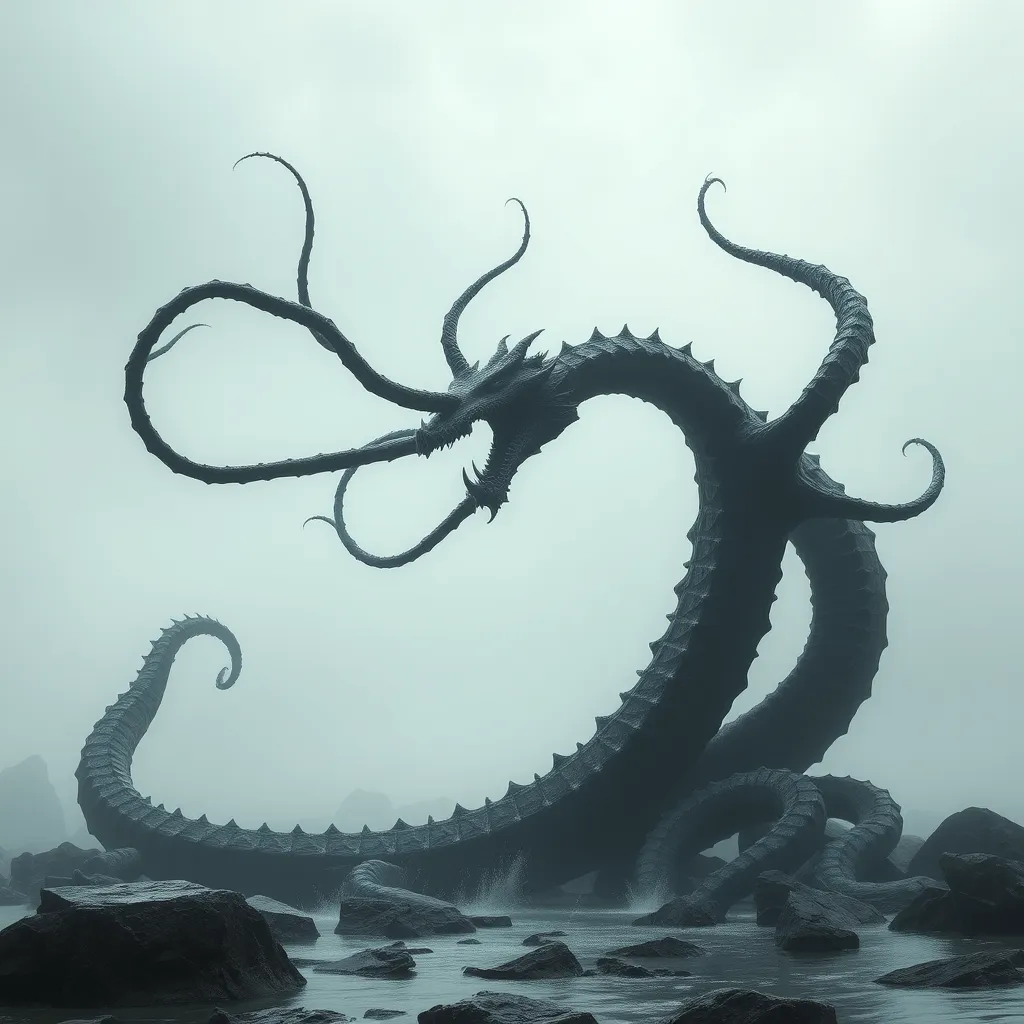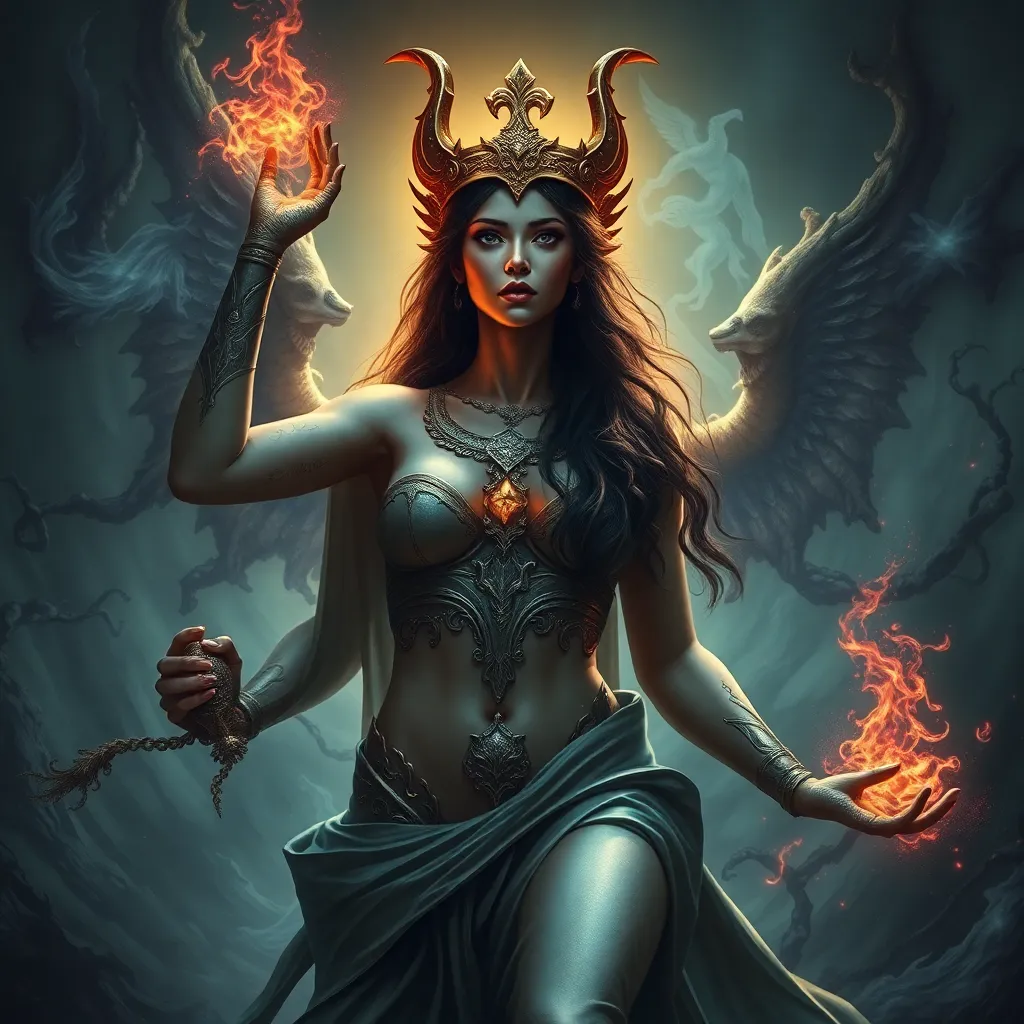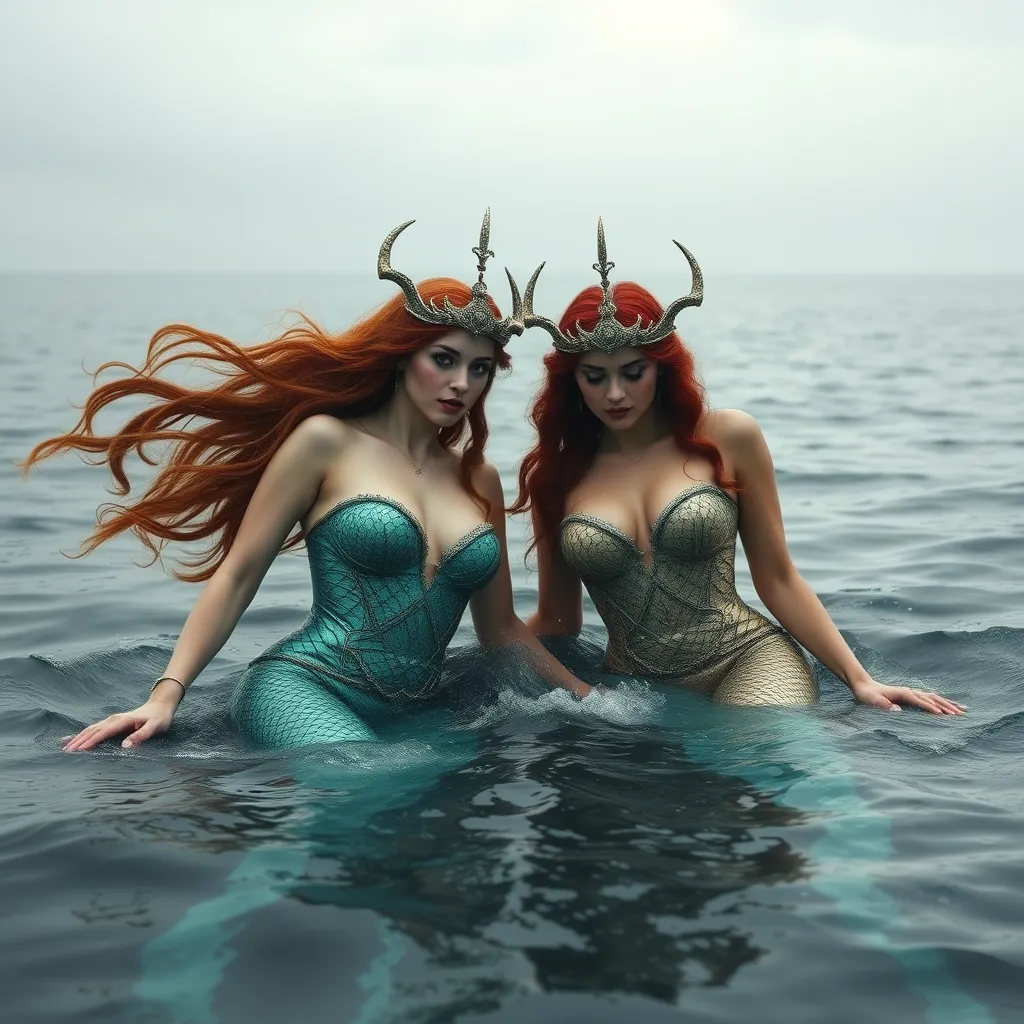The Cyclops in Art and Literature: Analyzing the Depiction of the One-Eyed Giant
I. Introduction
The myth of the Cyclops has captivated audiences for centuries, transcending time and culture to become an enduring symbol in both art and literature. This one-eyed giant, often depicted as a fearsome creature, has roots that delve deep into ancient mythologies, particularly in Greek folklore.
The significance of the Cyclops extends beyond mere storytelling; it reflects broader cultural narratives about isolation, the nature of monstrosity, and the human experience. This article aims to explore how the Cyclops has been represented in art and literature, examining its evolution and the themes it embodies.
II. Historical Origins of the Cyclops Myth
The origins of the Cyclops myth can be traced back to ancient Greek mythology, where Cyclopes were known as one-eyed giants who crafted thunderbolts for Zeus. They are a part of a rich tapestry of mythological figures that include gods, heroes, and monsters.
One of the most notable appearances of the Cyclops is in Homer’s “Odyssey,” where the hero Odysseus encounters Polyphemus, a brutish Cyclops who traps him and his men in his cave. This encounter highlights the themes of cunning versus brute strength, as Odysseus cleverly devises a plan to escape.
Over time, the figure of the Cyclops has evolved, appearing in various forms across different cultures, adapting to fit the narratives and moral lessons of each society.
III. The Cyclops in Visual Arts
The depiction of the Cyclops in visual arts has a rich history, from ancient pottery to Renaissance paintings. Artists have often focused on key moments from myths, like the encounter between Odysseus and Polyphemus.
- Classical Sculptures: Many ancient Greek sculptures depict Cyclopes, showcasing their size and intimidating presence.
- Renaissance Paintings: Artists like Giovanni Battista Tiepolo illustrated the dramatic moments of the Cyclops myth, emphasizing the clash between Odysseus and Polyphemus.
The symbolism in these visual representations often revolves around themes of power, fear, and the struggle between man and monster. The Cyclops is portrayed as a formidable figure, embodying the chaos and unpredictability of nature.
IV. The Cyclops in Literature
The Cyclops has appeared in numerous literary works, both in ancient texts and modern adaptations. In addition to Homer’s “Odyssey,” other ancient sources such as Hesiod and Ovid also mention Cyclopes, each portraying them with unique characteristics.
Modern literature has seen a resurgence of interest in the Cyclops, with authors reinterpreting this figure to explore contemporary themes. For example:
- Reinterpretation in Fantasy: Cyclopes often appear in fantasy novels, depicted as misunderstood creatures or tragic figures.
- Metaphorical Use: The Cyclops is sometimes used to symbolize the monstrous aspects of humanity, reflecting fears and societal issues.
These literary treatments allow for a deep exploration of the Cyclops as a metaphor, revealing insights into human nature and societal constructs.
V. Thematic Analysis of the Cyclops
The themes surrounding the Cyclops are multifaceted, often reflecting deeper societal fears and values. Some key themes include:
- Isolation and Otherness: The Cyclops is often depicted as a solitary figure, representing the concept of being an outsider.
- Brute Strength vs. Intellect: The dichotomy between the raw power of the Cyclops and the cunning of Odysseus highlights the tension between might and intelligence.
- Fear and Monstrosity: The Cyclops embodies humanity’s fear of the unknown and the monstrous, serving as a reflection of cultural anxieties.
VI. Psychological Interpretations of the Cyclops
The Cyclops can also be interpreted through a psychological lens, serving as a symbol for various human fears and desires. Psychoanalytic perspectives suggest that:
- Fears of the Unknown: The one-eyed nature of the Cyclops may represent a fear of being watched or judged.
- Desires for Power: The Cyclops represents an exaggerated form of strength, tapping into human desires for dominance and control.
- Monstrosity and Humanity: The Cyclops embodies the duality within humans, where monstrous traits coexist with human emotions and vulnerabilities.
VII. The Cyclops in Popular Culture
The legacy of the Cyclops continues in modern popular culture, finding a place in films, television series, and video games. Notable representations include:
- Films: The Cyclops appears in various fantasy films, often as a creature to be defeated by the hero.
- Television: Series such as “The Simpsons” and “Once Upon a Time” incorporate Cyclopean characters in humorous or dramatic contexts.
- Video Games: Many fantasy video games feature Cyclopes as formidable foes or allies, further embedding them in contemporary mythology.
This ongoing presence in popular narratives speaks to the Cyclops’s versatility as a character and its resonance with audiences across generations.
VIII. Conclusion
In summary, the Cyclops serves as a rich and complex figure within art and literature, embodying themes of isolation, strength, and monstrosity. Its historical origins in Greek mythology have paved the way for varied interpretations across cultures and eras.
The enduring significance of the Cyclops in cultural narratives reflects humanity’s fascination with the monstrous and the unknown, making it a valuable subject for continued exploration in both academic and creative contexts. As we delve deeper into the myths and representations of the Cyclops, we gain insights into our fears, desires, and the very nature of what it means to be human.



